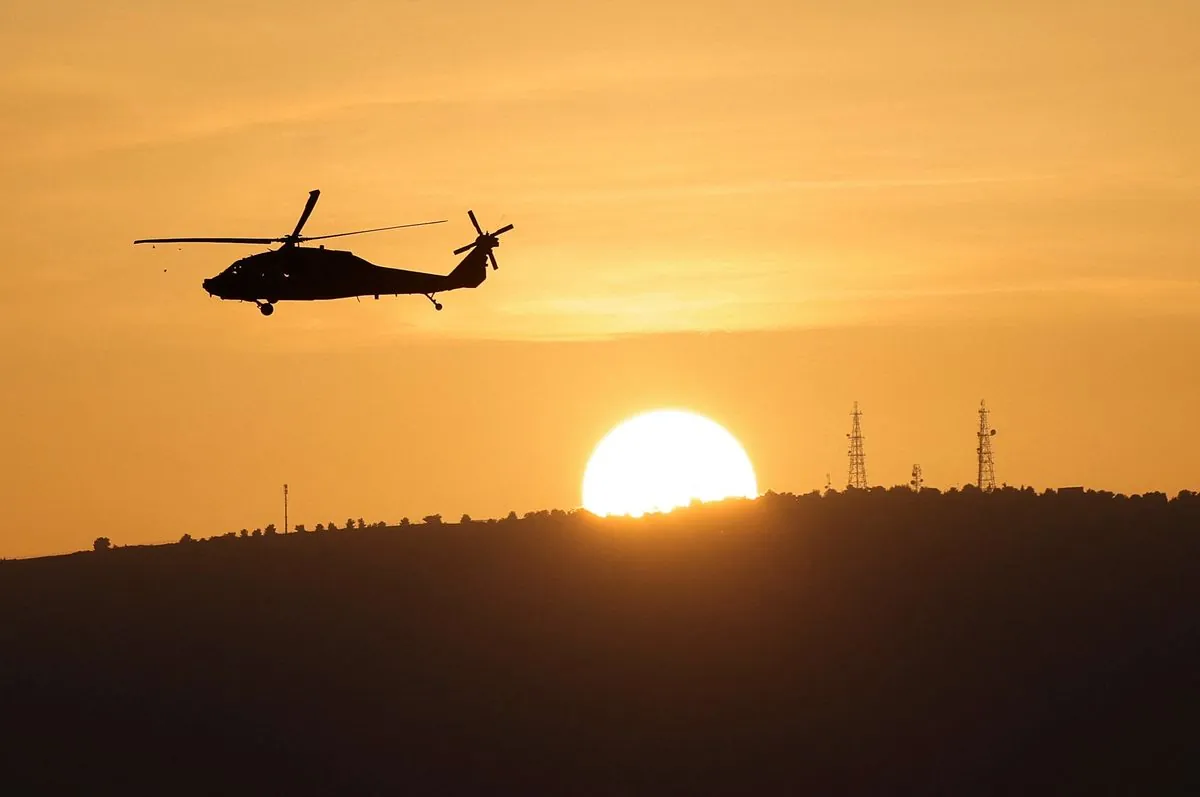In late-2024‚ after 13-months of fierce combat a cease-fire deal between Israel and Hezbollah takes shape - with Joe Biden announcing the agreement. The conflicts toll shows about 4000 casualties on Lebanese side versus around 100 Israelis‚ while forcing tens-of-thousands to leave their homes
Hezbollah started this fight right after Oct-7 attacks; having impressive pre-war numbers: 150k rockets‚ 50k fighters and Iran-backed training. However Israeli forces dealt major blows to the group (using next-gen intelligence methods to damage their communication systems)
The Iranian-backed group is far weaker than it was a year ago‚ with its leadership in disarray and its prestige tarnished
The deals main points include Lebanese army deployment as a buffer-zone; however experts point out some issues with this set-up. The Lebanese military doesnt have enough power to control Hezbollahs actions in the region
Iran - Hezbollahs main supporter faces a tough choice now:
- Help rebuild its weakened ally
- Focus on supporting Yemen-based Houthis
- Speed-up its nuclear program development
- Look for new regional partnerships
The future stability depends on multiple factors - but unlike after 2006 war this time Hezbollah got hit much harder. Still‚ Israeli officials dont trust pure deterrence anymore; preferring to keep potential threats weak through pre-emptive actions
Many displaced people feel unsure about returning home (remembering Oct-7 security failures). The Lebanese civilians worry that any signs of Hezbollahs return might trigger new Israeli strikes; while Israelis need solid proof that cross-border attacks wont happen again
